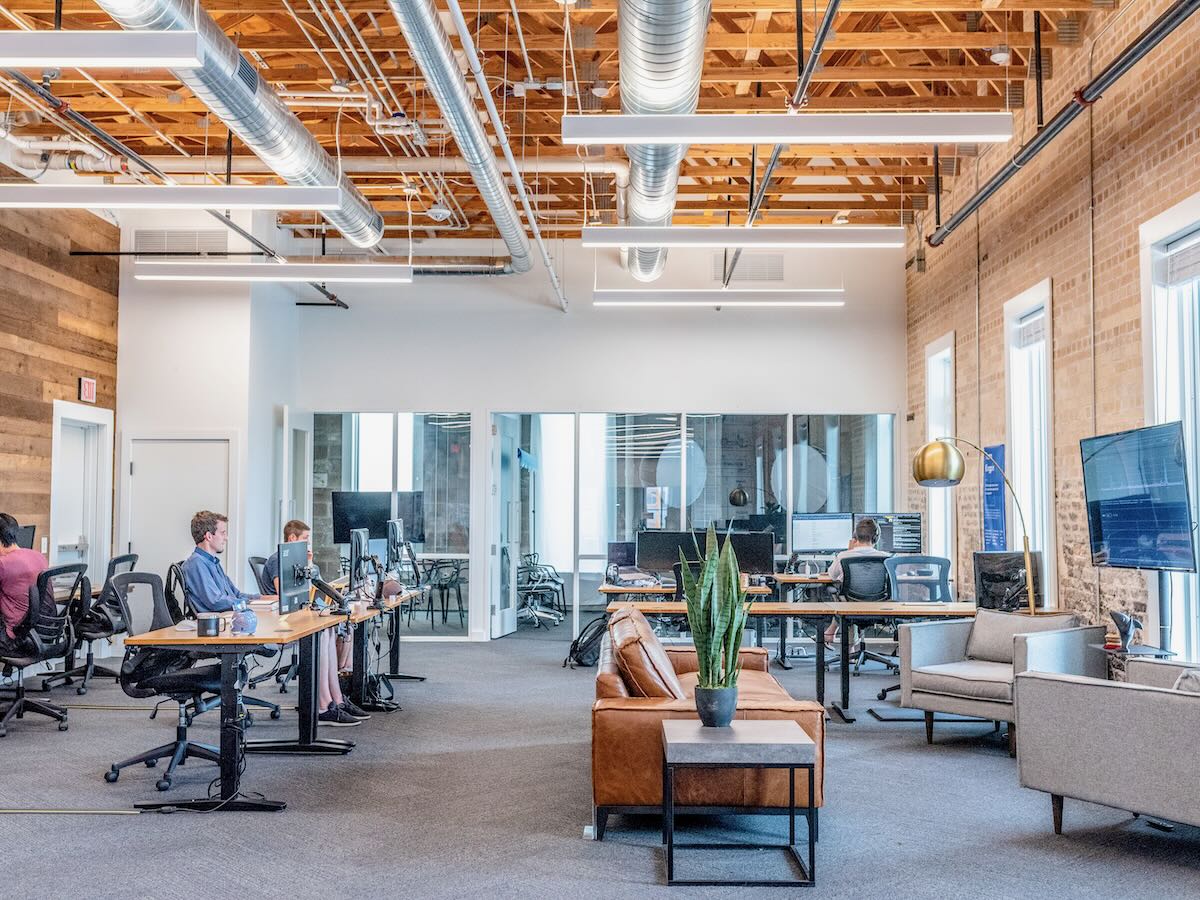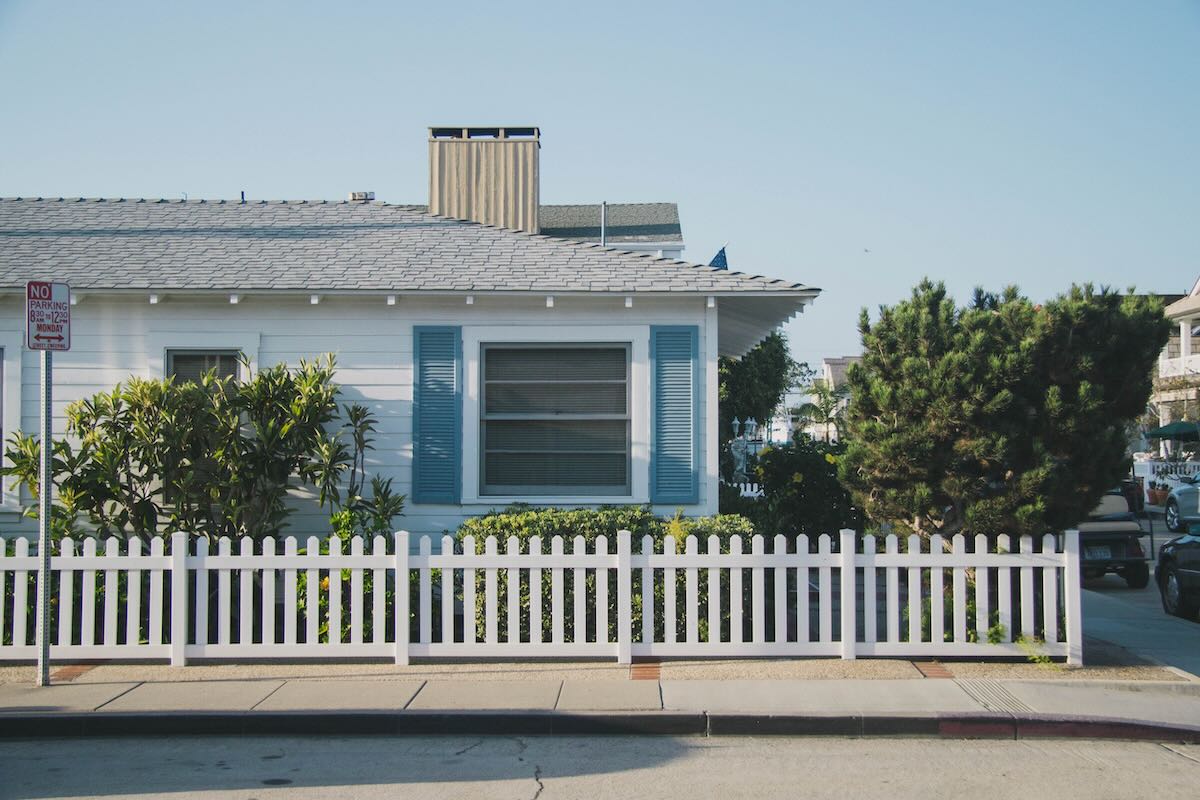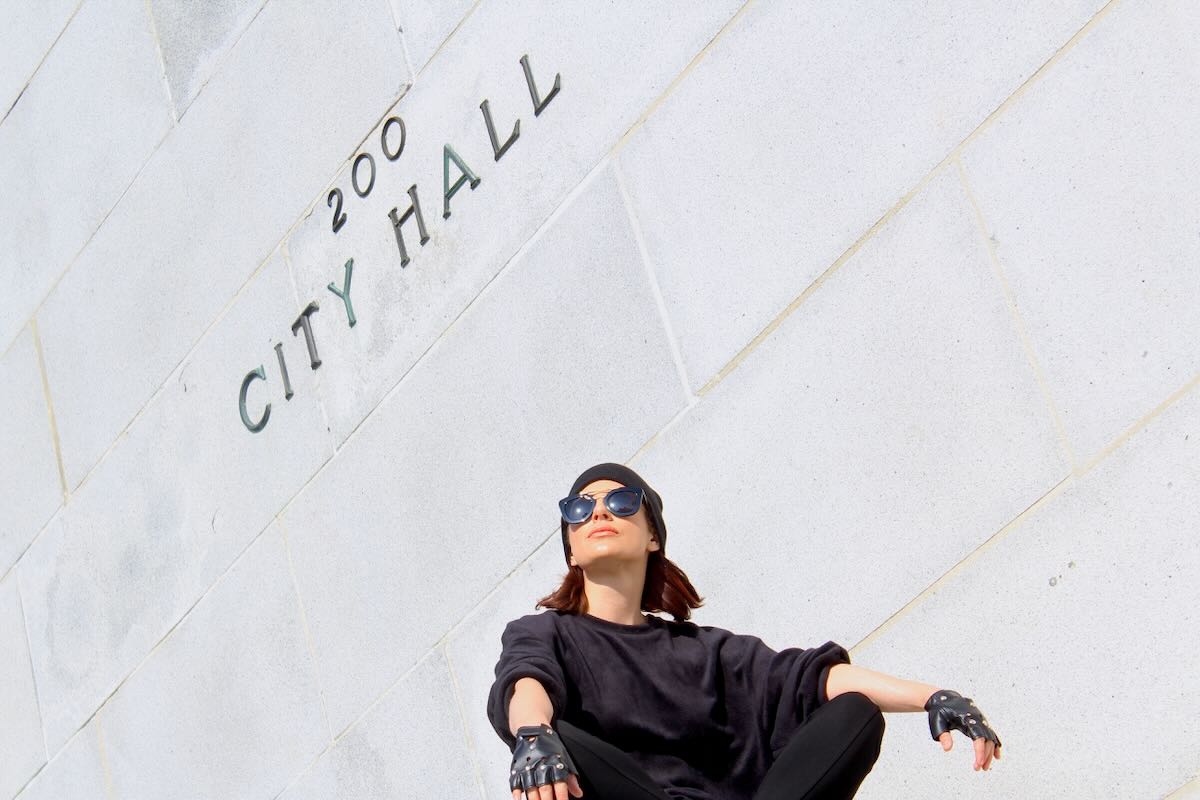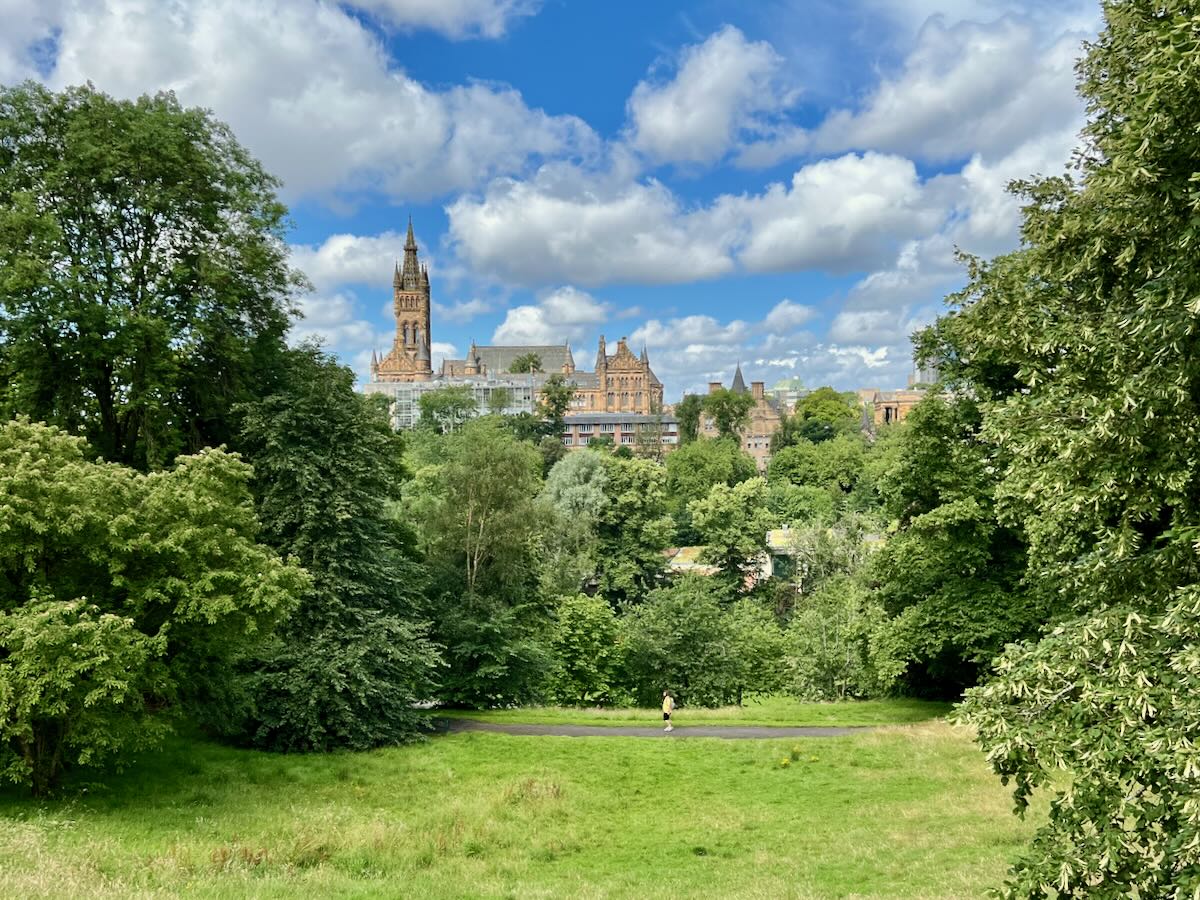The Fifteen Minute City, Issue 18

In late 1968, I lived in Montreal’s Ahuntsic area. I would get everything I needed for my day-to-day life just by crossing Rue Lajeunesse and I could walk to Metro Sauvé in five minutes. I remember there being a great butcher shop with sawdust on the floor. In 1971 I moved with my wife and first child to a roomy, airy, affordable apartment in Pointe-Claire. I could order my groceries from Ed’s Market, a tiny store with an in-house butcher that was about a 10-minute walk away and, also, they delivered. There were four high schools and three primary schools close by and all were well attended. I was fortunate in that I could walk to work in ten minutes but if we wanted to get into the city on the weekend or in the evening, it was a chore. When I was 23, we graduated to a condo townhouse in Dollard-des-Ormeaux and life became more difficult. I didn’t have a car so I had to plan shopping trips much more carefully and arrange for rides to work. Smaller grocery stores that had been within walking distance closed. The A&P on Blvd St-Jean became a drive-through McDonalds and my children were being bused to school. Owning a car was no longer a convenient luxury but had become a necessity.
It is popular to say that urban design and infrastructure was planned for automobiles but as cars are inanimate objects, I think that it is more accurate to say that planning and new infrastructure met the demands of a society where car ownership was an ambition. I always try to find unbiased and accurate data from accredited sources when I write these newsletters. I do not like resorting to open source references, but on this occasion I will. You will have to trust that I have read numerous supportive articles but none of them summarize the evolution of car ownership as succinctly as Wikipedia: https://en.wikipedia.org/wiki/Car_ownership
- On a worldwide basis, automobile ownership levels increased fourfold between 1950 and 1999 – from one automobile per 48 people to one for every 12 people in 1999.
- In the United States, there is one automobile per person of driving age
- Australia ranks second in car ownership per person, while Canada is third
The result: more parking lots, more streets built for cars, car-centric destinations such as regional malls and life-style centres, less room for people-friendly streets with comfortable room to walk, less opportunity for local retail and small shops to be noticed and relevant, and less investment in public transit.
“Back to the Future”

In February 2020 and just before the global focus was on COVID-19, Anne Hildago, mayor of Paris revealed her urban plan to create inter-connected self-sufficient communities with neighbourhood amenities as a key policy pillar for re-election. Her inspiration is the Professor Carlo Moreno vision for “la ville du quart d’heure” (the quarter-hour city). His concept is for neighbourhoods within cities or suburbs where all the daily necessities can be found within a 15-minute walk from home or the average period of time many commuters spend waiting for various connections to travel to and from work. FT – Travel to and from work https://www.ft.com/content/c1a53744-90d5-4560-9e3f-17ce06aba69a
In her February 2020 platform reveal, Hildago pointed to the successful evolution of Copenhagen and Utrecht into collectives of neighbourhoods. She could also have pointed to Melbourne, Australia where the plan for a twenty minute city by bicycle or foot is only slightly less ambitious than Hildago’s objectives for Paris.

Many smug suburbanites believe that their single-family home is already nestled within a fifteen-minute city because they can “drive” to the grocery store and the shopping mall in that period of time. Most define trip time as the drive from house to mall and but do not include the ten minutes wasted looking for a parking spot nor the unpleasant five-minute walk across roasting asphalt or treacherous, tundra-like parking-lots in winter to get to the closest door of the mall. This does not represent Professor Carlos Moreno’s vision of an easy fifteen-minute walk to access all of the services and amenities necessary for a good quality of life. Common elements of 15-minute cities or neighbourhoods include:
- Convenient availability of goods and services including fresh groceries, healthcare, and other day-to-day necessities plus pubs, restaurants, and coffee shops.
- Good local schools and sports facilities
- Affordable, accessible, adaptable housing catering to people from all walks of life and age groups
- Close-by work places and increased opportunities to work remotely
- Connection to good public transport systems that whisk people between neighbourhoods and knit the neighbourhoods into cities
It is not the intent of the walkable-city to constrain movement to the 15-minute zone but to provide the opportunity for an enriched lifestyle within a walkable area and to provide easy access to the entire city.
Before multi-car families, before super regional / regional malls and life-style centres, before Costco and Walmart, before super-sized refrigerators and freezers, we could buy all of our day-to-day necessities locally. There were small restaurants that catered to the local demographic and people gathered at neighbourhood parks. There were more open schools and fewer busing requirements. The tradespeople, retail workers, maintenance employees, and all of the other people needed to keep a neighbourhood functioning could afford to live in close proximity to those who relied on their services. As people aged they tended to stay in their homes and didn’t choose to congregate in massive 400-unit apartment buildings. There were drawbacks. Employment often required a commute. As train and bus schedules really focused on the commuter’s work week, access to the city centre for shopping and entertainment was difficult from the suburbs, and, often there was often no public transit to get from one community to the other.
The 15-minute city is a “Back to the Future” concept but with two important differences that bear repeating:
- Greater neighbourhood employment opportunities and / or increased opportunity to work remotely
- Robust public transit and green transport opportunities: wider sidewalks, cycle lanes, and perhaps in snowy cities, cross country ski trails to get from place to place in the winter.
In the last issue of this newsletter I indicated my reluctance to getting involved in the great mobility debate too quickly but instead focused on two amenities that I believe have the ability to improve quality of urban life regardless of whether or not that life is car centric. I felt that I needed to set out context first. It is my opinion that urban design evolves to meet human ambition so what kind of neighbourhood or city do you aspire to live in? Do you want to live in a community that is always a car ride from everything or do you want to have walkable accessibility to most of the things that you need and enjoy?
The same reminders: Shop local, support local businesses, buy from local farms, and support local artisans and manufacturers. As always, wear face masks as required, wash your hands, practice social distancing, hydrate, and exercise.
References:
https://www.strongtowns.org/journal/2019/9/6/7-rules-for-creating-15-minute-neighborhoods





